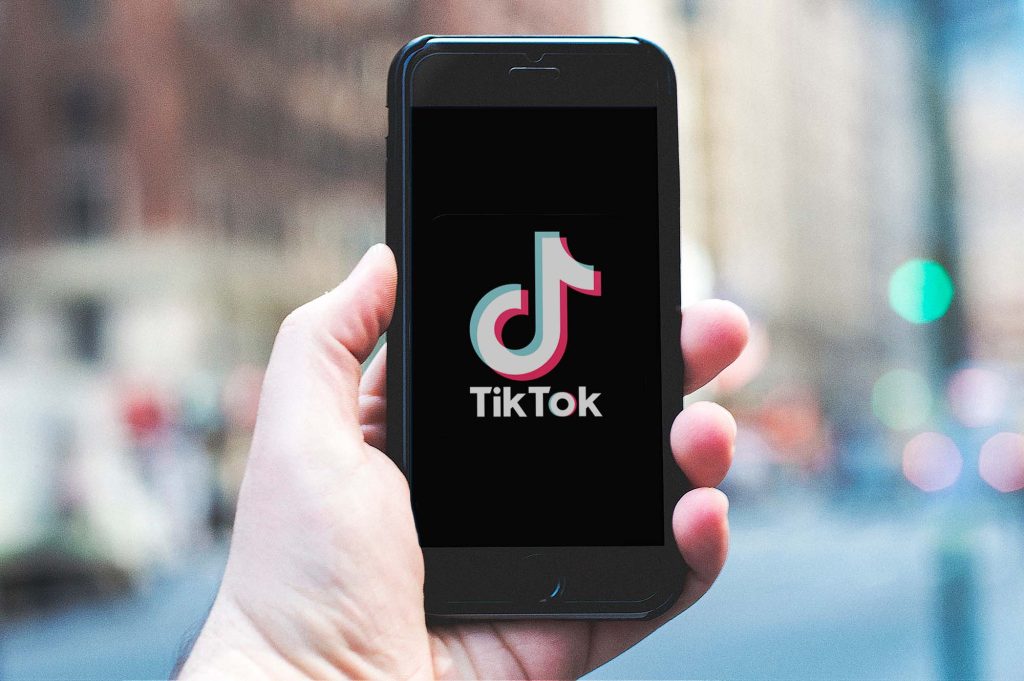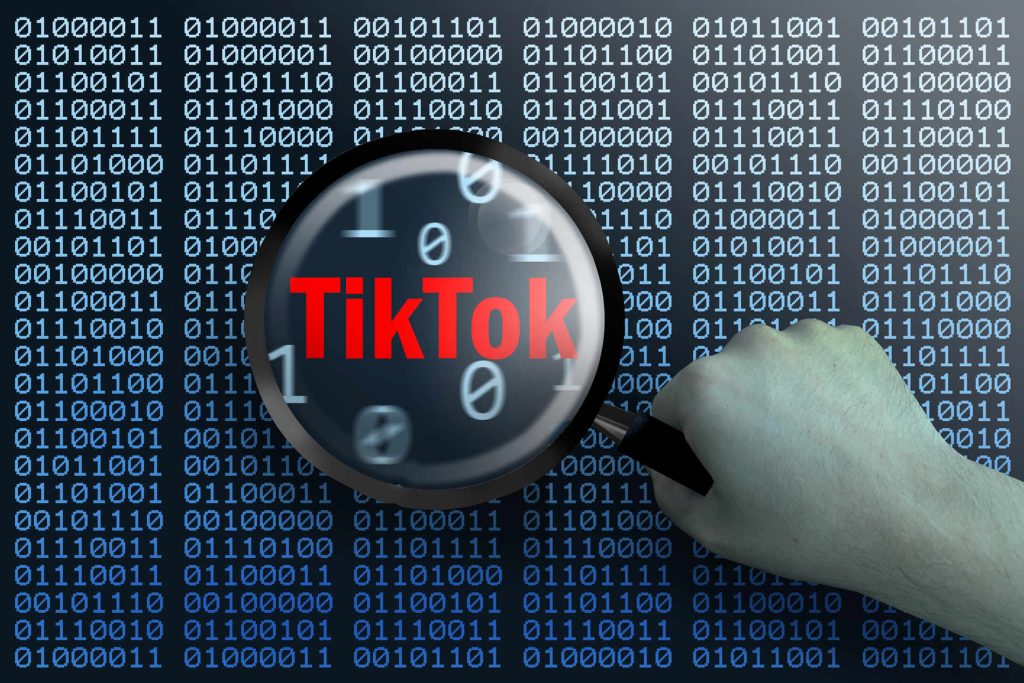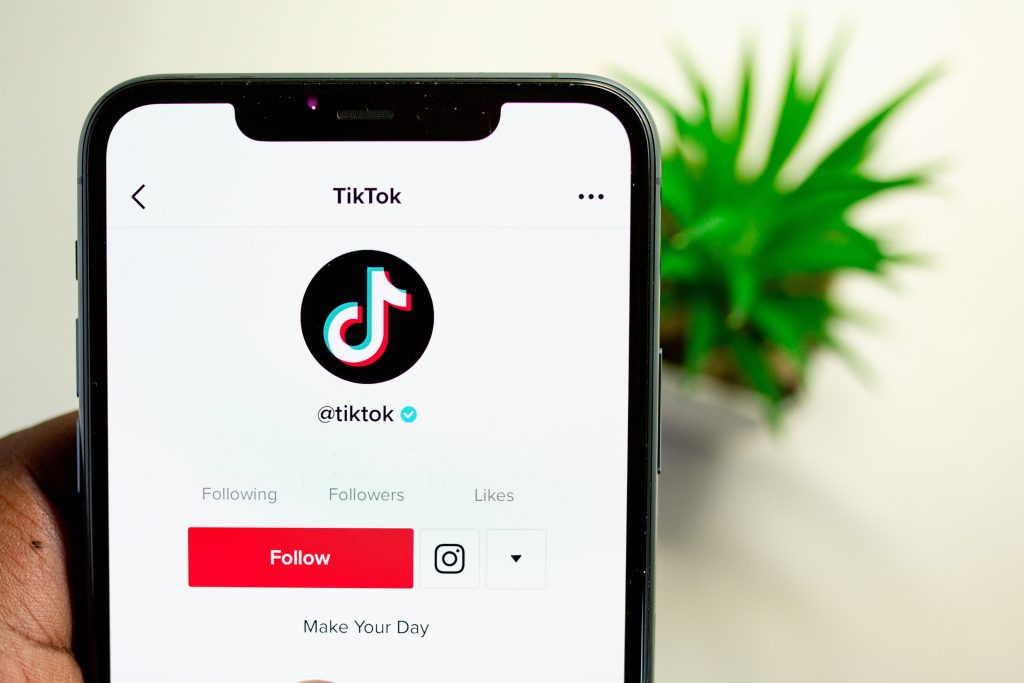
Introduction
The sharing economy is defined as a model that integrates the co-creation, production, trade and consumption of goods and services (John, 2016). Besides, TikTok, as a short video platform, functions as a user’s short video creation, sharing, and interaction (Hill, 2022). With the development of platformisation, the sharing economy has experienced a dramatic breakthrough in expanding diversified consumer demand (Dijck, 2018). In fact, this revolution represented by TikTok, which has boosted the nature of sharing (Ren et al., 2021) and brought a new paradigm to the e-commerce sector. The e-commerce system that goes beyond short videos is called the TikTok Shop (TikTok, 2022), which provides a way for users to interact, share and shop. It exemplifies the sharing economy’s main approach of collaborative consumption by enabling user-to-user communication (John, 2016).
TikTok Shop is a new breakthrough in the sharing economy, providing the users of video creator and viewer with great opportunities, new ways to monetise with diversified shopping opportunities. However, its rapid expansion has also brought about the problem of counterfeit goods and fake accounts, affecting the rights and interests of these users. Nevertheless, Platform governance is a stabiliser for e-commerce systems in TikTok.
Opportunities for the TikTok Shop
The opportunities that TikTok Shop presents for creators as well as viewers are monetisation and shopping through short videos.
For creators, it is argued that the sharing economy makes it possible for them to become micro-entrepreneurs (John, 2016). In particular, Su (2023) argued that “short-video platforms are versatile in terms of monetising content, which is enticing to content creators”. Creators build relationships with consumers in creating and monetising content, and consumers are sticky with each other, which includes collaborative interactions between users on the platform (Ren et al., 2021). Short videos can be created as shoppable videos offered in the TikTok Shop (TikTok, 2022). For example, Kaja Beauty (2023) produces short videos that not only show the product and interaction between users through comments, but also add a link to the product so that the consumer can click on the link to make a purchase while watching the feed (Kutuchief, 2022).
For users, browsing and directly purchasing products through short videos innovates the traditional way of purchasing on mobile devices. Yang and Lee (2022) found that the TikTok Shop offers videos where creators are able to sell items to interact with other users, creating a new channel for consumers to purchase products and enriching their shopping experience. This is supported that approximately 71% of users shop by watching short videos in Chart (Enberg, 2022).

The examples clearly indicate that TikTok enhances collaborative consumption among users and promotes the concept of sharing. producers can create shoppable short videos to monetise. It is a means of allowing users to make direct purchases while viewing short videos. Similarly, consumer browsing short videos can interact with merchants and click on product links in the video content to make purchases. The mode of purchasing goods through short videos innovates the online buying experience for consumers. Therefore, the TikTok Shop offers opportunities for monetisation and online purchasing experiences through short videos for creators and viewer.
Challenges of TikTok Shop
Fake accounts and counterfeit goods challenge the development of TikTok, and these factors may affect the rights of users, including user reputation and trust. Indeed, the dark side of the sharing economy is that it is in a legal grey area. Platforms in particular suffer from regulatory uncertainty. Its uncertainty triggers risks for users regarding the content shared on social platforms (Dijck, 2018). Social media platforms do not exist in utopia, as there are also online harms (Gillespie, 2018).

The key to this problematic content is fake merchants and scam merchandise that harms the participants of the TikTok Shop. Su and Valdovinos Kaye (2023) found that viewers in the short-form video industry will determine the ability to monetise. Fake accounts make money by transferring other user’s content that they are not original. According to the TikTok report (2023), 160 million fake accounts will be deleted in 2022. Impersonating someone else’s account not only violates the victim’s privacy but uses their reputation to gain money (Smith et al., 2017). TikTok exists videos of the online influencer and her fake products, even though she did not give TikTok permission to use them (The Washington Post, 2022).
As well as users purchase counterfeit products that are of poor quality or do not fit the description. Consequently, they face serious consumer rights losses (Rahm, 2014). For instance, Burns (2022) mentions in the video that she purchased the recommended product in short video through the TikTok Shop at a price different from the real product and the actual product. She believes that it is a fake beauty product and calls TikTok Shop a scam.
Fake accounts and counterfeit goods can seriously damage users in TikTok Shop. Fake accounts can damage the reputation of the original creator. Viewers who purchase products that do not comply with the promotion or engage in transactions with false accounts could suffer losses in consumer rights. As a result, those questionable contents cause users to lose trust in platform. Hence, it is evident that counterfeit accounts and merchandise are issues that cannot be ignored on TikTok, which affect users’ reputation and rights.
Stabiliser for TikTok Shop
In conjunction with the previous section, the challenges posed by fake accounts and fraudulent goods are particularly acute. In effect, the role of platform governance as a stabiliser of the TikTok is to address the threat that these challenges pose to the sustainability of the TikTok shop. Digital Media Scholar argued that platform governance consists of governance mechanisms (Gorwa ,2019). Content moderation is a key part in the governance of TikTok (Zeng & Kaye, 2022). Roberts (2019) found that “Content moderation ensures brand protection, adherence to terms-of-use statements, site guidelines, and legal regimes”. Commercial content moderation ensures the security of the production chain on shared content platforms by mandating that users request relevant policies.

Content moderation plays an important role in avoiding or minimising the appearance of harmful content by screening, evaluating categorising approving or removing it in accordance with policies published by digital platforms (Flew et al., 2019). Preventing harm is one of the TikTok Community Principles, which includes privacy and property harm in the TikTok Shop (TikTok, 2023). In accordance with the TikTok Shop Content Guidelines, it strives to create a positive shopping experience for users and to prevent creators and sellers from being threatened with losing trust in the platform. Content moderation is real-time, reviewing any changes to content for violations of relevant policies. Content audits are conducted for fake users and counterfeit products to achieve the goal of not infringing on legal rights and sending sales of counterfeit goods. In addition, content auditing requires co-operation between auditors and algorithms (Gorwa ,2019). For example, harmful content will first be automatically removed according to the TikTok’s algorithm ,or flagged for additional review by TikTok’s safety team.
However, Zeng and Kaye (2022) foun that the problem of opacity and errors in the algorithms raises concerns among users about algorithmic content review. But, through shared governance there is a need for transparent reporting systems, third-party audits and other mechanisms to help content moderation to hold users accountable so the platform can provide a fair digital economy for users. According to TikTok CEO, TikTok will follow the latest four commitments of 2023 to ensure freedom of expression for users. The platform is committed to transparency and third-party monitoring (TED, 2022).
Hence, the governance mechanisms used by Tiktok prevent and stop the spread of harmful content, which is particularly highlighted as fake accounts and counterfeit goods. By auditing content, the platform protects the interests of the user community in the TikTok shop and earns their trust. In addition, platform governance is in line with the concept of shared governance, eliminating opaque algorithms and guaranteeing justice for users in the TikTok shop.
Conclusion
TikTok’s e-commerce system, TikTok Shop, have strengthened the concept of sharing economy among users through shoppable short videos, creating a new interactive shopping experience and monetization opportunities for creators and viewers. While there is no doubt that the existence of false and fake goods has posed a threat to the trust of the platform, causing users to receive network damage. In order to stabilise the development of TikTok Shop, its policy of shared governance effectively prevents the development of online harms which create a safer and more equal shopping environment for users. TikTok Shop as a new breakthrough in the sharing economy, providing more value and opportunities for the digital economy.
Reference:
Burns, D. (2022, June 12). TikTok Shop Scams | Counterfeit makeup!? Dropshipping. [Video]. YouTube. https://www.youtube.com/watch?v=Hn2_LZFsaE4
Dijck, J. V. (2018). The Platform Society as a Contested Concept. The platform society (pp. 5–32). Oxford University Press. https://doi.org/10.1093/oso/9780190889760.003.0002
Enberg, J. (2022). How Do TikTok Shoppers Worldwide Shop on TikTok? [Chart]. https://www.insiderintelligence.com/content/tiktok-commerce-2022
Flew, T., Martin, F., & Suzor, N. (2019). Internet regulation as media policy: Rethinking the question of digital communication platform governance. Journal of Digital Media & Policy, 10(1), 33–50. https://doi.org/10.1386/jdmp.10.1.33_1
Gillespie, T. (2018). All Platforms Moderate. Custodians of the Internet : Platforms, Content Moderation, and the Hidden Decisions That Shape Social Media (pp. 1–23). Yale University Press,. https://doi.org/10.12987/9780300235029
Gorwa, R. (2019). What is platform governance? Information, Communication & Society, 22(6), 854–871. https://doi.org/10.1080/1369118X.2019.1573914
Hill, C. (2022, October 11). What is TikTok: The complete platform guide for 2023. Sproutsocial. https://sproutsocial.com/insights/what-is-tiktok/
John, N. A. (2016). Sharing Economies. In The age of sharing (pp. lviii–lxxvii). Polity Press.
Kaja Beauty [@kajabeauty]. (2023, August 30). Meet the newest lippie staple of your dreams – Juicy Glass Instant Hydrating & Plumping Lip Oil. #kajabeauty #juicyglass #lipoil [Video]. TikTok. https://www.tiktok.com/@kajabeauty/video/7272782526546971946?is_from_webapp=1&sender_device=pc&web_id=7284848940590319106
Kutuchief, B. (2022, October 19). TikTok Ecommerce 101: Why Your Business Should Be on TikTok. Hootsuite. https://blog.hootsuite.com/tiktok-ecommerce#What_is_TikTok_ecommerce_and_why_is_it_important
Rahm, E. (2014). Discovering product counterfeits in online shops: A big data integration challenge. ACM Journal of Data and Information Quality, 5(1-2), 1–3. https://doi.org/10.1145/2629605
Ren, J., Yang, J., Zhu, M., & Majeed, S. (2021). Relationship between consumer participation behaviors and consumer stickiness on mobile short video social platform under the development of ICT: based on value co-creation theory perspective. Information Technology for Development, 27(4), 697–717. https://doi.org/10.1080/02681102.2021.1933882
Roberts, S. T. (2019). Understanding Commercial Content Moderation. In Behind the Screen (pp. 33–72). Yale University Press. https://doi.org/10.12987/9780300245318-003
Smith, L. R., Smith, K. D., & Blazka, M. (2017). Follow Me, What’s the Harm? Considerations of Catfishing and Utilizing Fake Online Personas on Social Media. Journal of Legal Aspects of Sport, 27(1), 32–45. https://doi.org/10.1123/jlas.2016-0020
Su, C. (2023). Contingency, Precarity and Short-Video Creativity: Platformization Based Analysis of Chinese Online Screen Industry. Television & New Media, 24(2), 173–189. https://doi.org/10.1177/15274764221087994
Su, C., & Valdovinos Kaye, B. (2023). Borderline practices on Douyin/TikTok: Content transfer and algorithmic manipulation. Media, Culture & Society, 16344372311683–. https://doi.org/10.1177/01634437231168308
TED. (2022, April 22). TikTok CEO Shou Chew on Its Future — and What Makes Its Algorithm Different | Live at TED2023. [Video]. YouTube. https://www.youtube.com/watch?v=7zC8-06198g
The Washington Post [@washingtonpost]. (2022, October 77). Prominent online influencer and reality TV star Bethenny Frankel has filed a lawsuit against TikTok. [Tweet]. X. https://twitter.com/washingtonpost/status/1578031974731898881?s=46&t=AGbXllGCfJJLRBOKY_UpIg
TikTok Shop. (2023, August 4). TikTok Shop Content Guidelines. Retrieved October 2, 2023, from https://seller-uk.tiktok.com/university/essay?identity=1&role=2&knowledge_id=8913678280345345&from=policy
TikTok. (2022). TikTok Shop. Retrieved October 2, 2023, from https://shop.tiktok.com/business/en
TikTok. (2023, March 31). Community Guidelines Enforcement Report. https://www.tiktok.com/transparency/en/community-guidelines-enforcement-2022-4/
TikTok. (2023). Community Principles. Retrieved October 2, 2023, from https://www.tiktok.com/community-guidelines/en/community-principles/?enter_method=left_navigation
TikTok. (2023). Safety partners. Retrieved October 2, 2023, from https://www.tiktok.com/safety/en-au/safety-partners/
Yang, Q., & Lee, Y.-C. (2022). What Drives the Digital Customer Experience and Customer Loyalty in Mobile Short-Form Video Shopping? Evidence from Douyin (TikTok). Sustainability (Basel, Switzerland), 14(17), 10890–. https://doi.org/10.3390/su141710890
Zeng, J., & Kaye, D. B. V. (2022). From content moderation to visibility moderation: A case study of platform governance on TikTok. Policy and Internet, 14(1), 79–95. https://doi.org/10.1002/poi3.287

This work is licensed under a Creative Commons Attribution 4.0 International License.



Be the first to comment on "Beyond short videos: opportunities and struggles of TikTok Shop in the sharing economy"